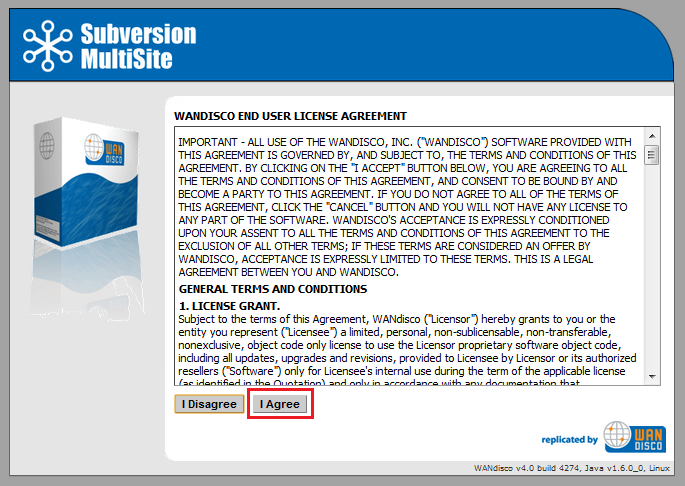ENFORCING AN ELECTRONIC AGREEMENT THAT IS HARDLY EVER READ
If a survey could be carried out on the number of users that have ever read the terms and conditions presented in a software End User License Agreement (EULA) or on a website (say TechCabal’s or Facebook’s), we are sure to get shocking results. Certainly, not so many users read these terms that often have sweeping effect on their interest and privacy rights, before checking the “I agree” box or using the services provided on a website. Conversely, it’s almost impossible to wade through a service-providing website or download an app without noticing the terms of Service (TOS) hyperlink or hitting the brick wall of TOS pop-up that only understands a click on the “I agree” checkbox to proceed. But are users even bound by this electronic TOS that no one hardly reads?
CLICK THROUGH VS. BROWSE WRAP AGREEMENTS
Arguably, there is presently no case surrounding this specie of electronic agreement in Nigeria and such cases are still very sparse even in more technologically advanced climes like the US and UK. However, the few cases that have been decided by the courts give an idea on the attitude of the court on such issues. These trends may help programmers and businesses in setting up effective electronic contracts.
Generally, there are click through and browse wrap agreements. From decided cases, the law leans more in favour of click through agreements (where users are presented with electronic contract in a way that requires some sort of action to proceed, usually by clicking a button or checkbox) which clearly indicates that users are consenting to the contract. In contrast, the position is quite dicey for Browse wrap agreements (because this type of user agreement only purports to bind users simply by the user’s access to the website). This latter case makes proving consent – which is a significant element of a contract – difficult but not impossible. Still, both click through and browse wrap agreements may be very effective in court, when properly implemented. I find really insightful, the remark of a US District Court on the wrongly executed Browse wrap agreement in Zappo.com’s case,
“…the advent of the Internet has not changed the basic requirements of a contract, and there is no agreement where there is no acceptance, no meeting of the minds, and no manifestation of assent. A party cannot assent to terms of which it has no knowledge or constructive notice, and a highly inconspicuous hyperlink buried among a sea of links does not provide such notice. Because Plaintiffs did not assent to the terms, no contract exists, and they cannot be compelled to arbitrate.”
BEST PRACTICES IN IMPLEMENTING ELECTRONIC TOS/AGREEMENTS
Like all agreements, a key ingredient of an electronic agreement is “acceptance” or “assent” but how does one demonstrate that a user assents to a TOS? Some suggestions and best practices in setting up an effective electronic agreement could be useful here:
- A TOS should be mandatory such that users cannot proceed to the next step without going through a page soliciting their consent to the TOS (e.g clicking “I Agree” or checking a box).
- A link to the Terms of Use agreement should be made easily accessible and noticeable to users. A link to the TOS that appears obscurely below a webpage may not meet this condition.
- A clear notice of the TOS should be provided on the homepage of a website. The notice should require users to review and agree to the TOS.
- To increase the chances of enforceability of electronic agreement, the icon or link for a TOS should be placed in the upper left-hand quadrant of the home page and all visitors be channeled through the home page. The reason for this suggestion is that the court will take judicial notice of the fact that all internet pages open from the upper left hand quadrant.
No doubt, sufficient notice of TOS is germane to its enforceability, but this introduces the corollary issue of risk of increased bounce rate that an obtrusive TOS may present. Two different sides of the same coin you may say.
This post is intended to provide general information on this topic. Specialist advice should be sought on your specific circumstance.











